SUMMARY
This is AI generated summarization, which may have errors. For context, always refer to the full article.
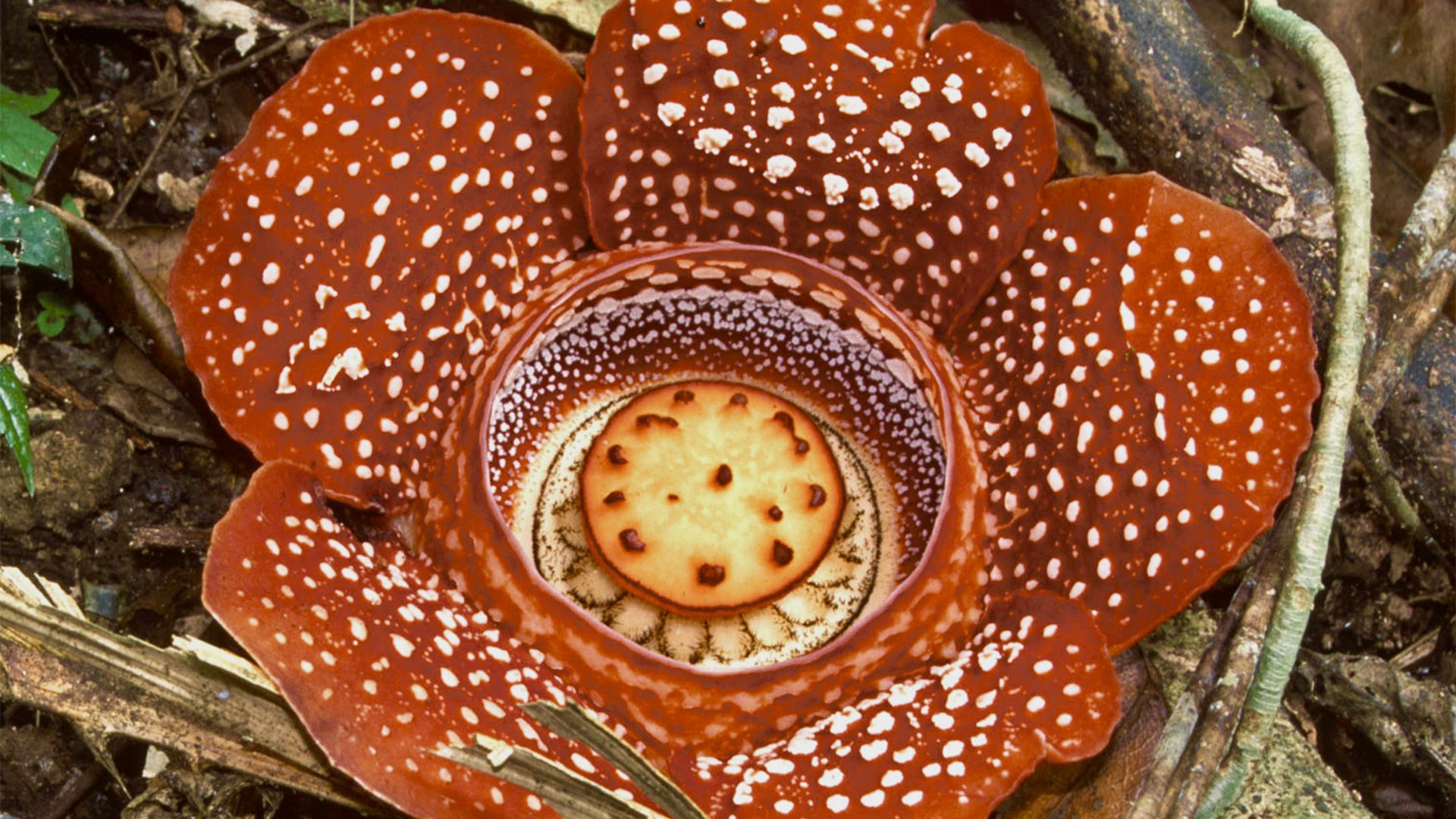
LAGUNA, Philippines – With five tongue-like petals encircling its bowl-shaped center, and with its distinctive odor, the world’s largest solitary flower – Rafflesia – is hard to miss.
But only a few knew about this critically endangered species’ existence in the Philippines.
University of the Philippines Los Baños (UPLB) researchers Pastor Malabrigo and Adriane Tobias, and University of Oxford Botanic Garden and Arboretum (OBGHA) researcher Dr. Chris Thorogood joined forces to pioneer a groundbreaking propagation attempt in the ex-situ (outside its natural environment) conservation of Rafflesia.
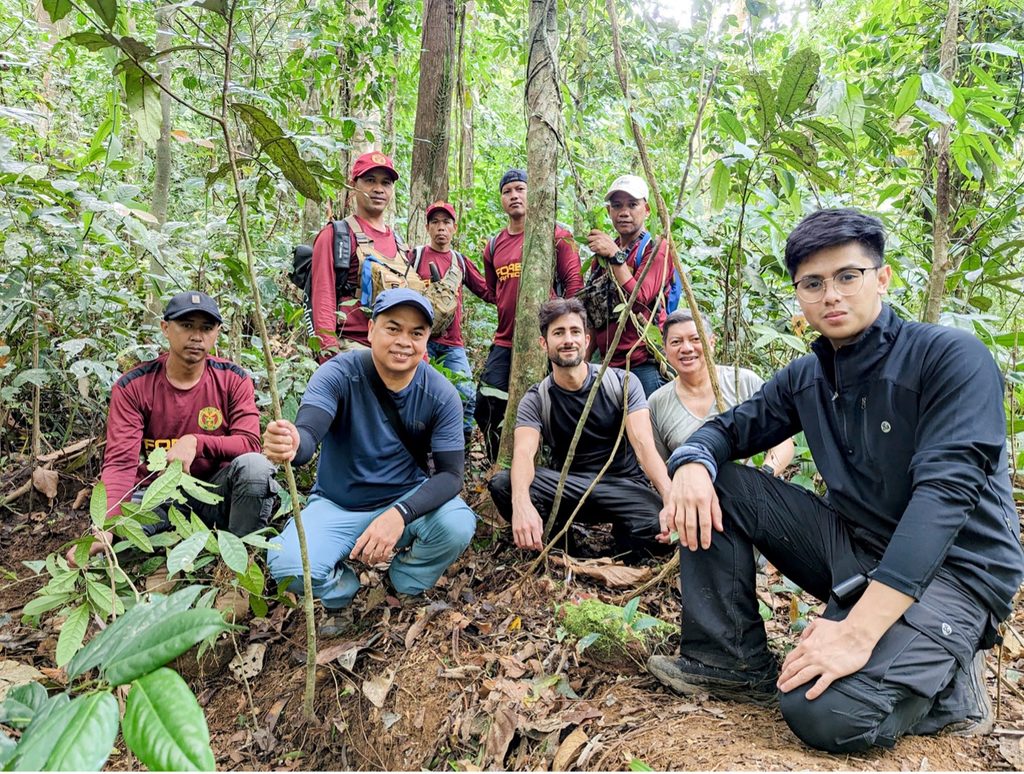
The team, who has dedicated many of its years to exploring and protecting Rafflesia, used the most widely spread species of the Rafflesia genus in the Philippines, the Rafflesia panchoana. This species is also native and naturally growing in Mt. Makiling, where the team collected their Rafflesia-infected vines and brought them to the UP Laguna-Quezon Land Grant in Real, Quezon, for grafting last March 10.
Prior to the collection of the Rafflesia-impregnated Tetrastigma vine (a chestnut vine that is part of the grape family, to which Rafflesia only parasitizes), they already identified a couple of normal Tetrastigma individuals on the ex-situ site (Laguna-Quezon Land Grant) to which it would be grafted.
There have been no attempts, especially successful ones, outside of Indonesia to propagate Rafflesia, which they found extremely concerning due to its critically endangered status from habitat destruction and land conversion.
“It’s a very exciting first attempt and a bold step forward in the conservation of a plant in peril,” Thorogood shared with Rappler.
With Rafflesia’s existence only in the forests of Southeast Asia, it is no wonder why it is highly celebrated as one of the greatest wonders of the plant kingdom. Indonesia hailed it as one of their three national flowers, placing distinctive statues in several areas. Malaysia also honors it by putting it on its stamps, rice bags, and currency. While the buds and bloomed flowers are a delicacy in Thailand, the indigenous peoples of Borneo believe that drinking Rafflesia tea after childbirth would flush out the placenta and restore a woman’s figure.
In the Philippines, however, the flower is not as popular as it should be despite being the center of diversity for Rafflesia – 15 of the around 42 known species worldwide have been identified here. Some indigenous people in the Philippines even saw its presence as a bad omen.
Malabrigo said they would be defining a new Rafflesia species before the year ends, bringing the total number of Rafflesia species endemic to the Philippines to 16.
Still, only a few know about its existence in Southeast Asia, and it is often assumed to be not found in the Philippines.
“The case of our Rafflesia is comparable with the case of the Philippine eagle, which is the world’s largest eagle,” Tobias said, highlighting the significance of plant conservation.
While the largest Rafflesia species, Rafflesia arnoldii, is found in Sumatra, the Philippines has the smallest one, Rafflesia consueloae, which is the size of a baseball in its full bloom. The biggest one in the country is Rafflesia schadenbergiana, spanning more than 2.6 feet in diameter. The country’s Rafflesia species also do not emit a strong foul odor, similar to those in Indonesia.
Exploring the enigmatic Rafflesia
Rafflesia’s mysterious biology and life cycle, as well as its current status as the largest solitary flower worldwide, often leave botanists in awe and excitement.
This parasitic flower that does not use energy from the sun to create its own food and collects all its nutrients from the Tetrastigma vine, is a sneaky enigma popping out of nowhere with its imposing orange and yellow flower.
Even with several scientists studying this monstrous flower in rainforests for decades, very little is known about its entire life cycle.
Rafflesia is a stealthy one that grows and lives only inside Tetrastigma vines without any visible proof of its own leaves and roots. From buds suddenly erupting from its host vines, Rafflesia grows slowly over months like a cabbage until it is ready to bloom and greet the forest with its commanding presence.
Its complicated life cycle, as if intended to be kept secret to humans, is also the root of its difficult and often unsuccessful propagation. Along with the continuous destruction of rainforests and the impacts of climate change, botanists and conservationists fear for the Queen of Flowers’ sustainable existence on Earth.
The researchers mentioned that only one botanical garden in the world enjoys the repeated success of propagation via grafting: the Bogor Botanical Gardens in Indonesia. While there are some successful cases of propagation through seed germination in Bogor, it took them 10 years – with unpredictable and inconsistent results. Currently, propagation via grafting, though requiring intricate and technical training, is the most feasible and ideal technique for researchers.
Malabrigo, Tobias, and Thorogood went to Bogor in November 2022 to train under their colleagues to prepare for the ex-situ propagation attempt in the Philippines.
While it took Bogor two years to successfully grow the bud and another nine months for blooming, Malabrigo said they expected it to be faster in the Philippines, acknowledging that different species have different biology and life cycles.
“We felt very passionate and quite emotional about what we’ve achieved. It’s a really momentous thing,” Thorogood said.
If successful, the researchers plan to extend this propagation to other threatened species of Rafflesia in the Philippines.
“Luzon is interestingly rich in Rafflesia despite its small land area. It’s Rafflesia content is comparable to Borneo, which has seven times its land area,” said Malabrigo, who is still amazed by the country’s rich biodiversity even after exploring and introducing numerous plant species to the scientific community.
The future of Rafflesia
The propagation attempt is just the first step in their grand plan for Rafflesia. The researchers shared that aside from propagating all the threatened Rafflesia species in the Philippines, they are also working toward a conservation network for one of the world’s greatest enigmas, not only in the country but in the Southeast Asian region where it exists.
“We would like to popularize Rafflesia and make people understand that it is a very important part of our biodiversity,” Malabrigo said.
He said they wanted to imitate Indonesia in the way the country values and raises awareness on Rafflesia.
While it is called a parasitic plant, Malabrigo clarified that the term should not be misunderstood as harmful to the environment. Although it is parasitic only to the vine, he believes that both Rafflesia and Tetrastigma vine have coevolved over time to the point that the former does not harm the latter as much.
“There is a growing problem of a lack of awareness on the importance of plants. People care deeply about animal conservation, but they struggle to identify with the need for conserving plants. We believe that Rafflesia can be an icon that can connect people with the importance of plant conservation,” Thorogood said.
According to the researchers, their partnership started when Tobias met Thorogood in the Plants, People, Planet Symposium in Kew Gardens, United Kingdom, in 2019, where he presented part of his thesis about Rafflesia banaoana and won the joint selected talk prize.
The partnership between the UPLB and OBGHA is yet to flourish, starting with this Rafflesia propagation project. Aside from sharing their vast knowledge with students and a wider audience, they also have plans for species discovery, as well as the exploration and protection of the Philippines’ unique biodiversity.
“As we dig deeper, we thought that we will better understand Rafflesia, but in the end, we have more questions to answer,” Tobias said about their long and joyous journey toward Rafflesia exploration. – Rappler.com
Add a comment
How does this make you feel?



![[OPINION] Remembering RSP, Norman and Jessie – geoscientists for the people](https://www.rappler.com/tachyon/2024/04/raymundo-punongbayan-April-29-2024.jpg?resize=257%2C257&crop_strategy=attention)

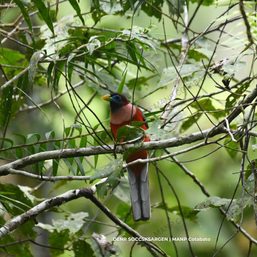
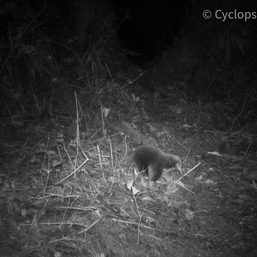
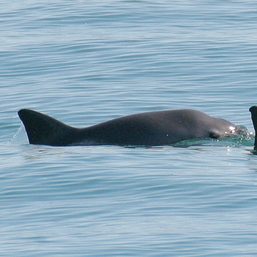
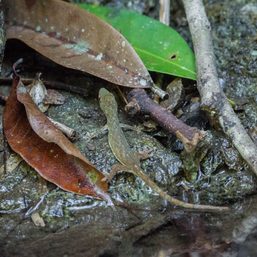
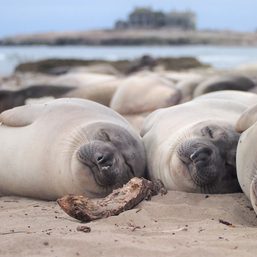
There are no comments yet. Add your comment to start the conversation.